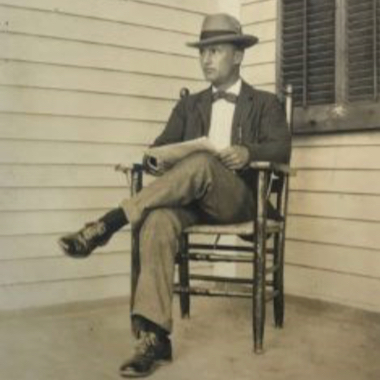While the Early Conservation Movement is often associated with President Theodore Roosevelt, John Muir, and the expansion of federal land management in the American West, contemporaries Benton MacKaye and William P. Wharton were local conservationist pioneers whose work also shaped the movement.
Son of William F. Wharton, a prominent Boston, Massachusetts, attorney who served as US Assistant Secretary of State under President Benjamin Harrison, William P. Wharton (1880-1976) attended Groton School and Harvard University, becoming an individual of wealth and intellect. By 1912, he had returned to the countryside, to live at the historic Five Oaks Farm in Groton, Massachusetts. One of the first people to be granted a federal bird banding permit, he operated a banding station and set about to record thirty years of daily observations from the natural world.
Deeply passionate about birding and the science of forest management, Wharton devoted much of his time and money to protecting nature. Regularly serving as an officer, he sat on the boards of numerous organizations dedicated to the cause, including the Groton Town Forest Committee, Massachusetts Forest and Park Association, National Parks Association, Massachusetts Audubon Society, National Audubon Society, and the New England Forestry Foundation (NEFF), of which he was an incorporator.
In 1955, Wharton received an award from the American Forestry Association which recognized him as, “an outstanding example of a private citizen whose approach to conservation has been based solely on the rock of unselfish public interest.” The ceremonial citation went on to proclaim, “No man has done more for conservation in his native state of Massachusetts. No man has done more in throwing full support to all phases of the movement nationally.”
Dedicated to land preservation, Wharton purchased farms in East Groton as they became available and amassed 717 acres of land by 1968, the entirety of which he donated to NEFF as The Wharton Plantation Memorial Forest.

